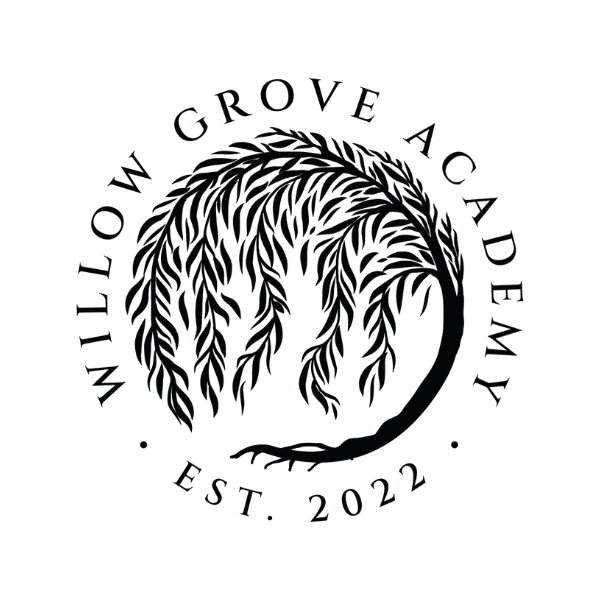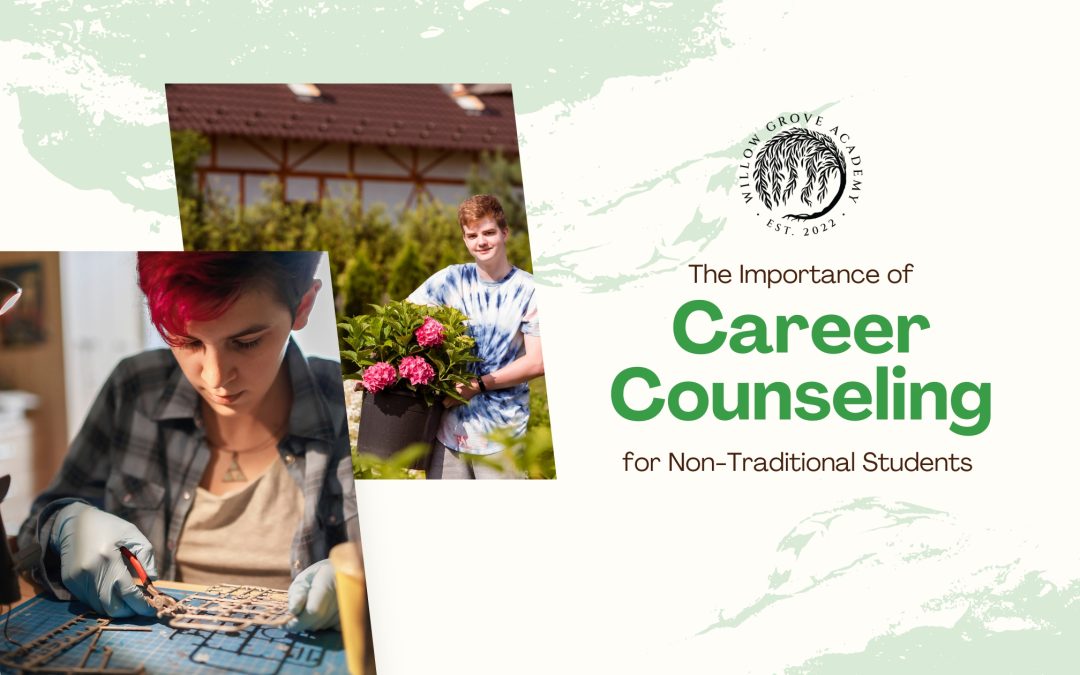Sometimes, with our non-traditional learners, we might know that trade school or college might not be in the plans after high school. It could be because we know that our student might have trouble getting the accommodations he needs, or he might just not want to continue on an academic path. If this is the case with your learner, there are a number of things you can do to plan for his transition to work after graduation.
The first thing you should do is tailor his classes to his interests. For example, if he is interested in cooking, you can sign him up for cooking classes, or do a chemistry class that is all about food and the chemical reactions you might encounter when designing recipes. He might be able to get a part-time job working in a restaurant or for a catering company. If he likes to work on cars, maybe he can secure an apprenticeship with a local mechanic. As long as he is putting the hours in with the learning experience (generally 5 hours a week for a full high school credit) these courses can count for his coursework towards graduation. Most trade schools and community colleges accept students still in high school to take a certain number of courses – sometimes all- that will count towards their final degree or certification so this is an option too. There really is no limit to exploring this non-traditional path. This is called dual enrollment and has become very popular with high school students. The bonus is that sometimes the classes are offered at a discounted rate which can save a lot of money in the long run.
There are many learning opportunities that your student can do that aren’t necessarily traditional classroom experiences. Anything that the student can volunteer for that can lead to a career later or turn into an apprenticeship is worth exploring. The same goes for part-time jobs. Learning doesn’t always come in the form of a textbook!
If you do some planning early on with your out-of-the-box learner, you can customize his coursework in high school so that it is in line with his interests. The only thing that is required is some flexibility and creativity and you can create a unique, custom learning experience that will put your student on the path to success after high school.

